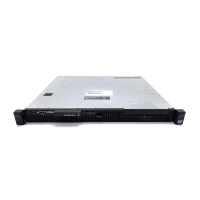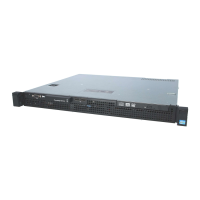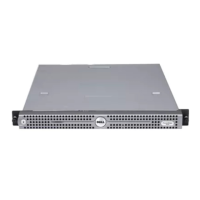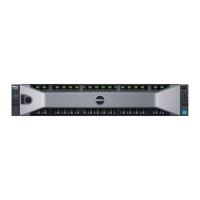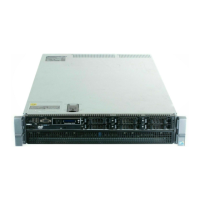Dell
34
PowerEdge R210 II Technical Guide
Table 12. Power Management Features
Enable/Status/
Ctrl bit
location
The OS uses the SCI_EN bit to switch from legacy mode to
ACPI mode.
Supported states: S0(Working), S4-OS (‗Hibernation‘ in W2K),
and S5 (Soft-off).
S1 (also called ‗standby‘ or ‗suspend‘) and S3 are not
supported.
In ACPI mode, OS has control of the power button. In non-
ACPI mode, SMI handler owns power button events.
The OS is able to configure the system to wake on the RTC
alarm.
24-bit power management timer is used.
Each host bus‘s PME# signal is routed to a separate general-
purpose event pin in the chipset. When a device signals PME#,
the system wakes (if necessary), the OS detects the event,
and a Dell-defined ASL routine handles the event. Wake-on-
LAN is one example of a PME.
This feature is not supported on this system since the S1 state
is not supported.
This feature does P state transition under Windows
Processor and
PCH registers
This feature allows multiple C state supports for Processor.
This feature will work under Windows and ACPI OS that
understand C states.
Processor/IMC
and PCH
chipset
registers
In addition to P,C and T states, BIOS will expose the Power
Profiles to the OS. Each Power profile will have a specific
settings and it will fine tune processor, MCH, IOH and South
Bridge.

